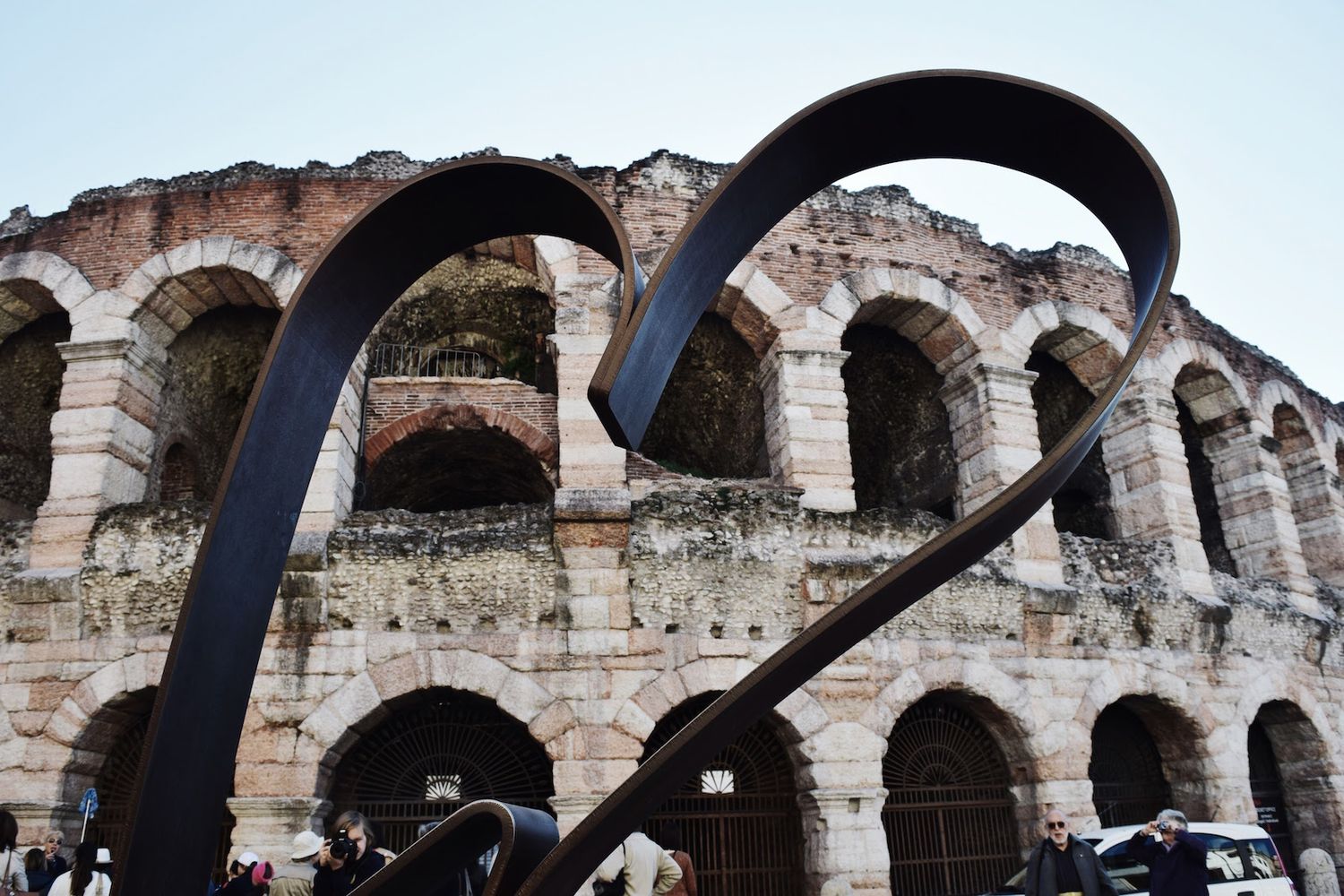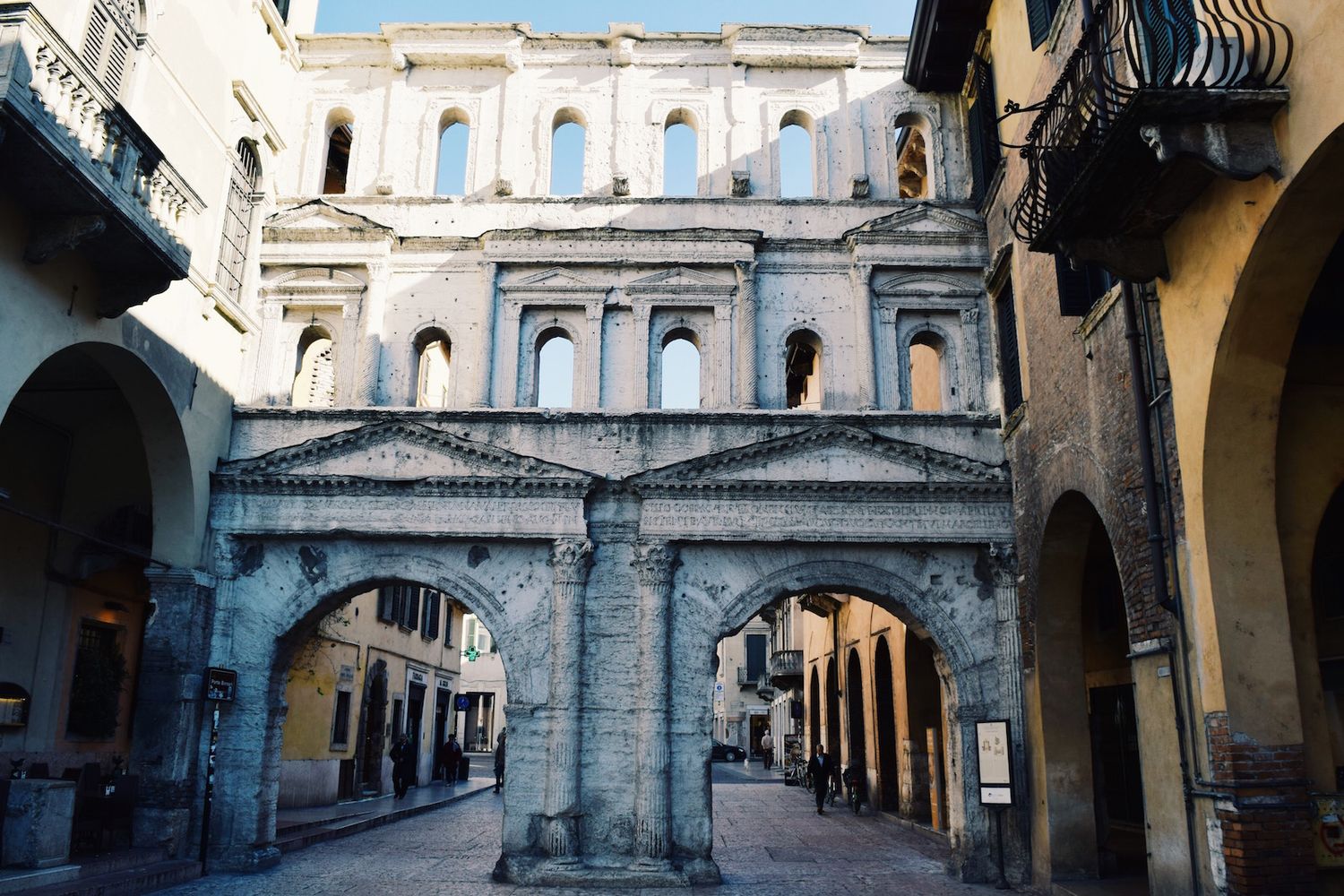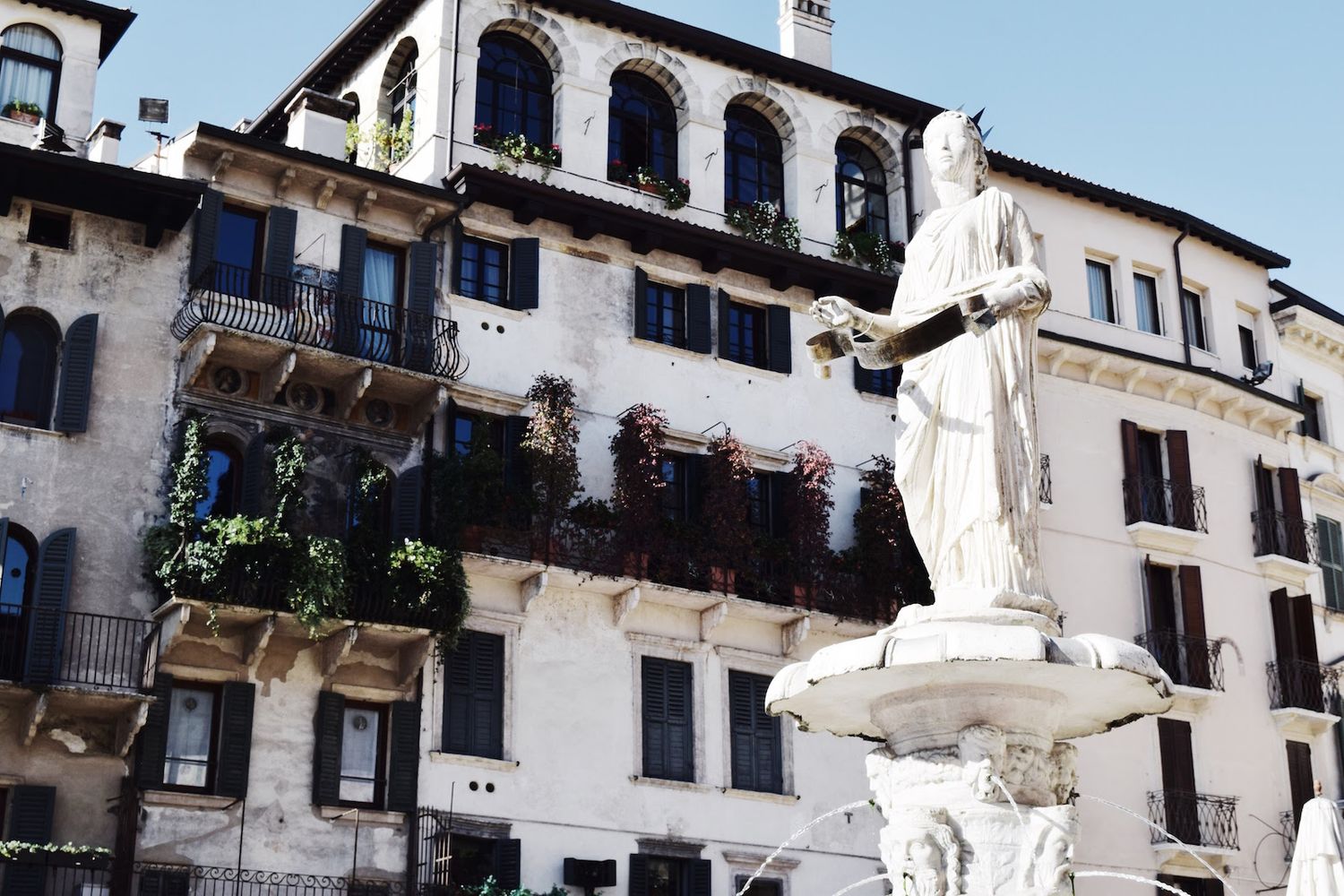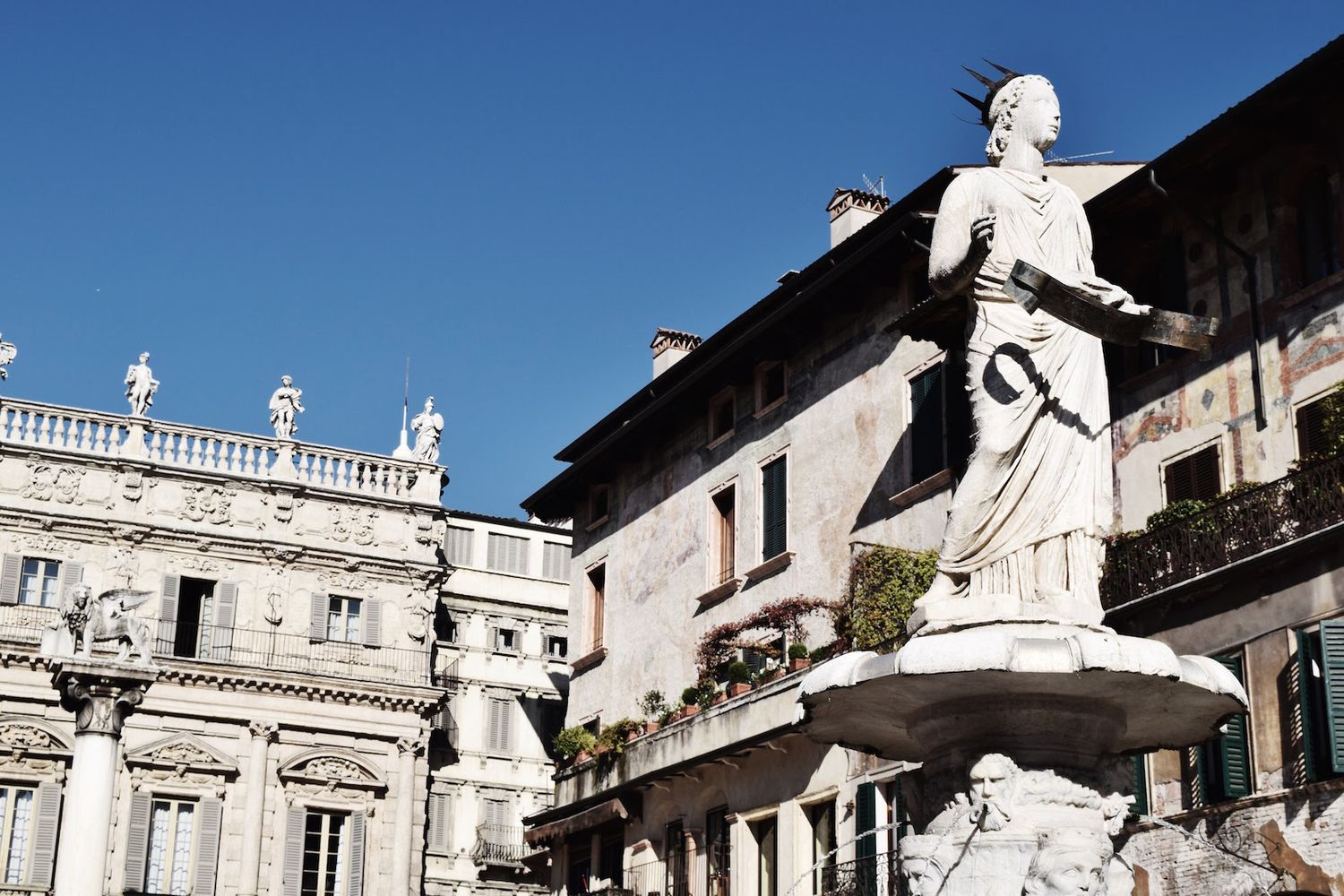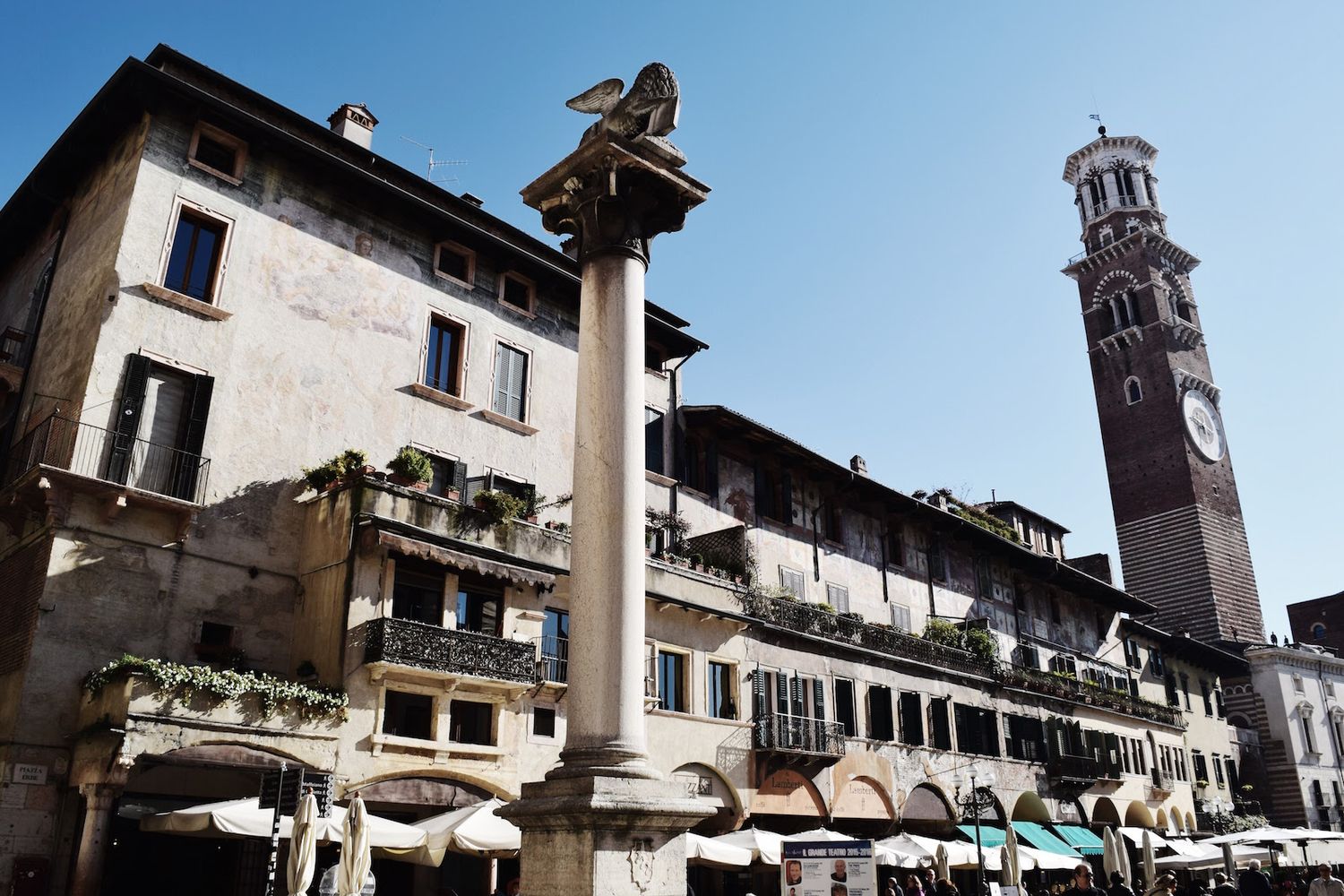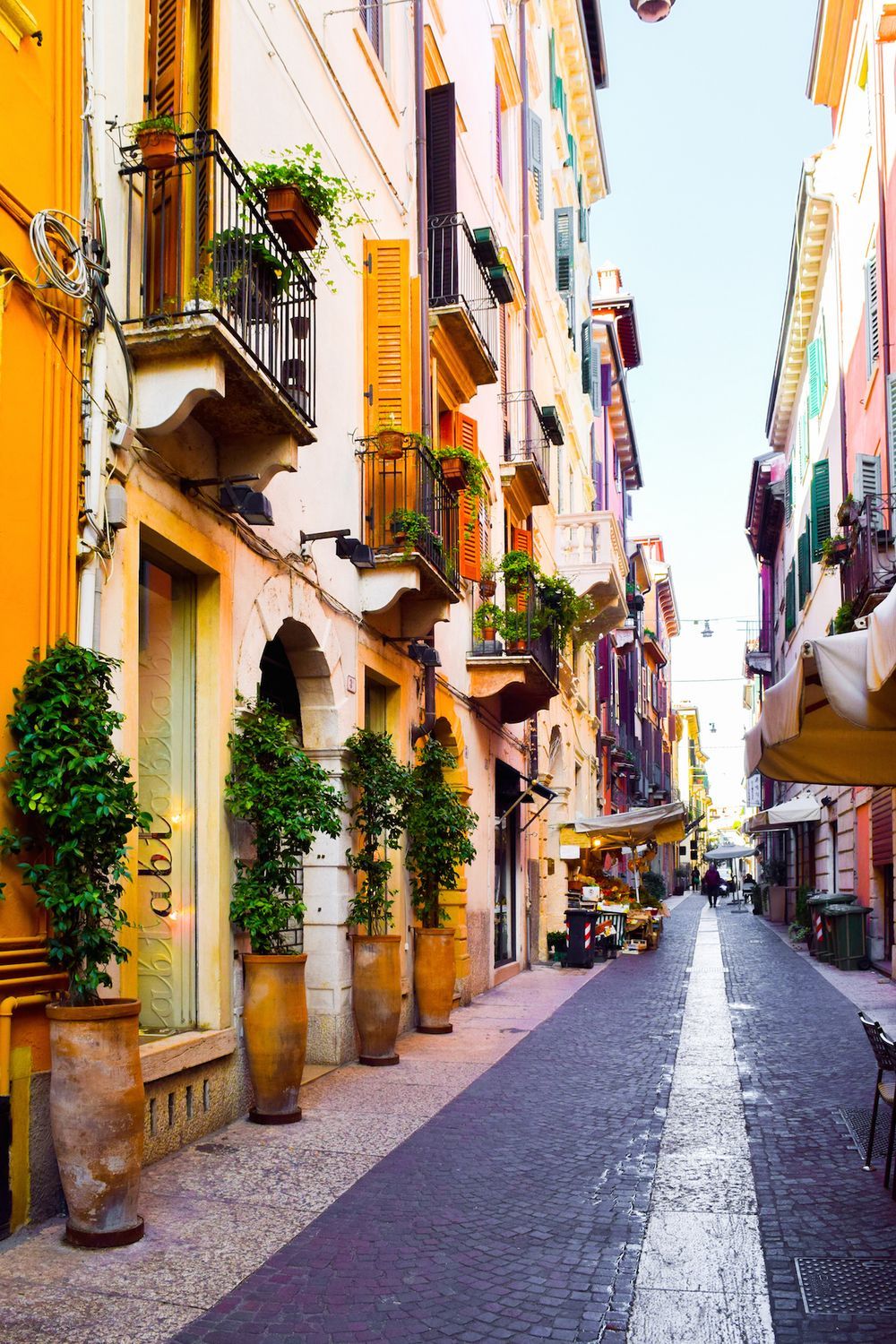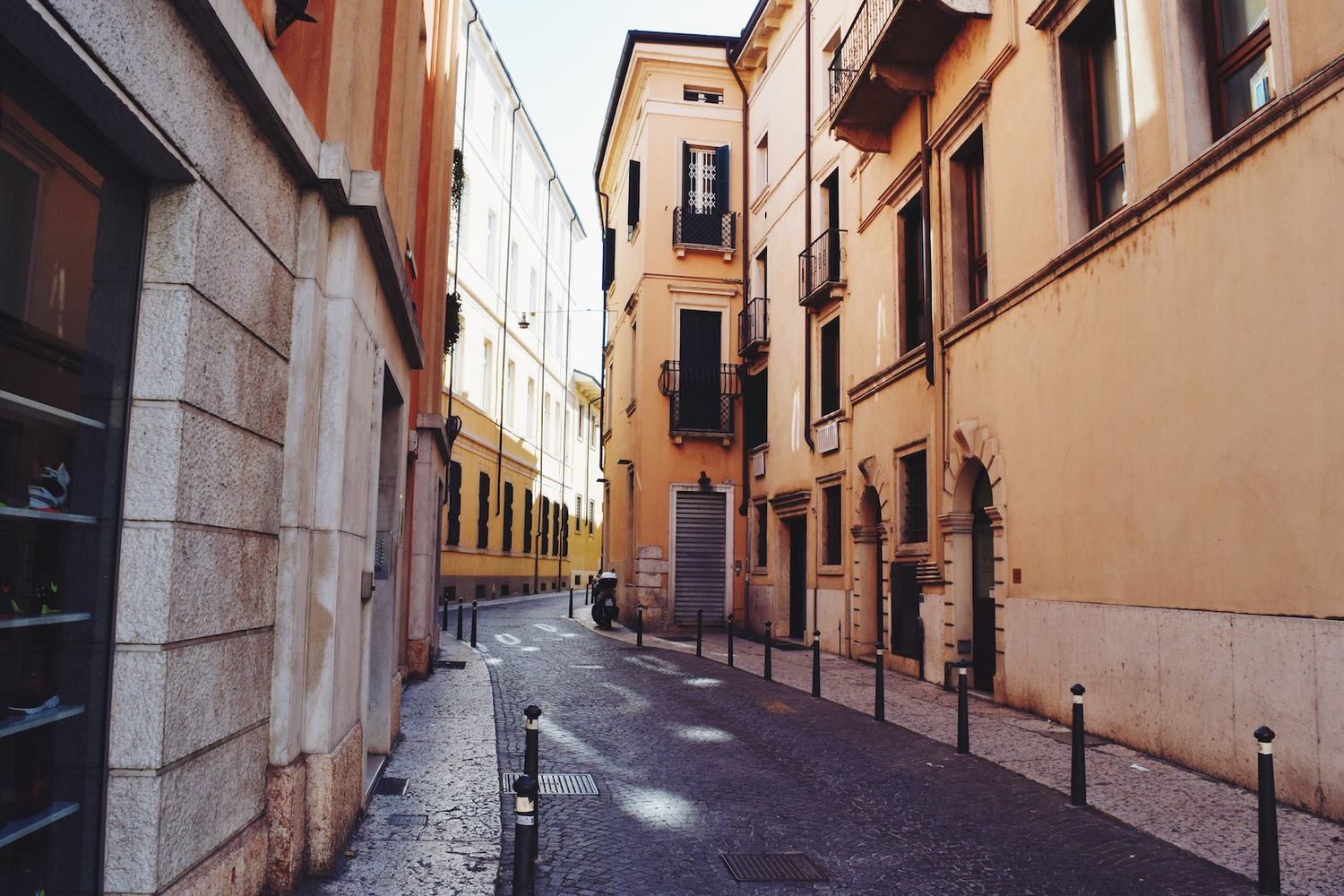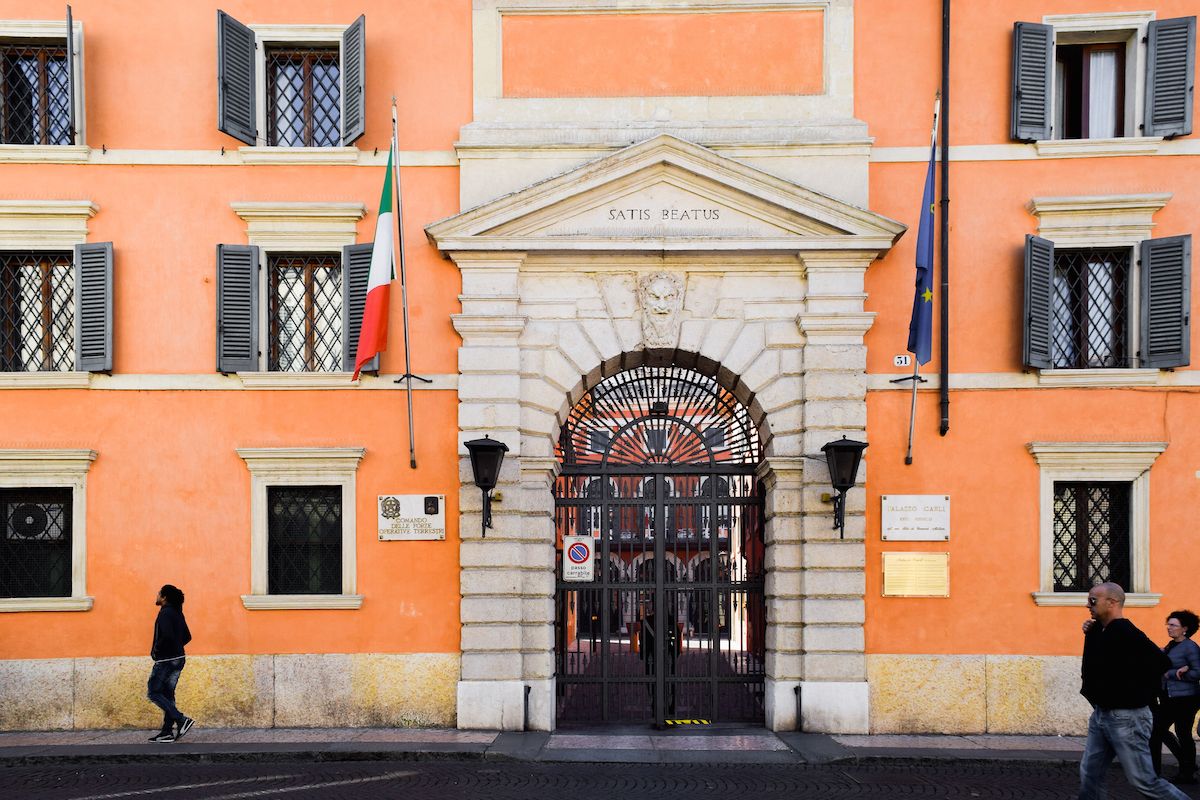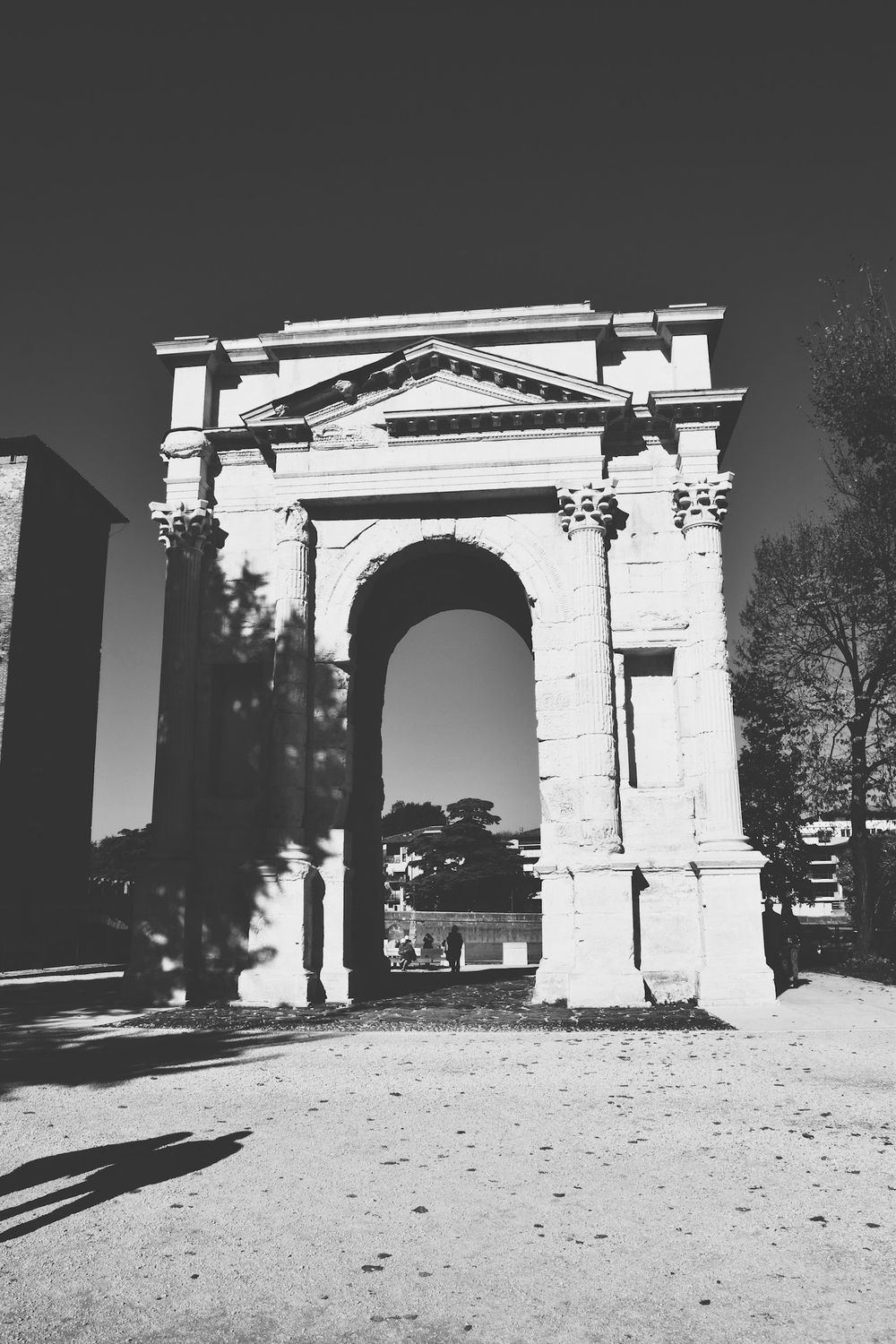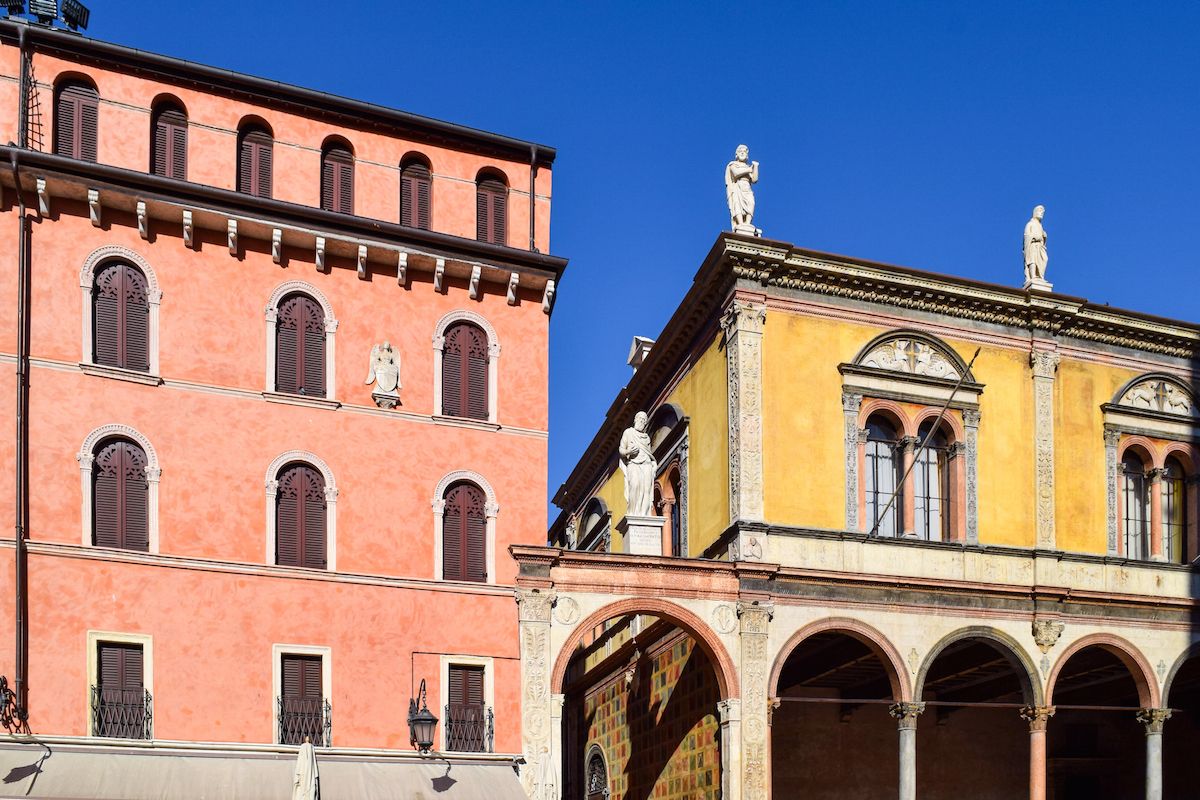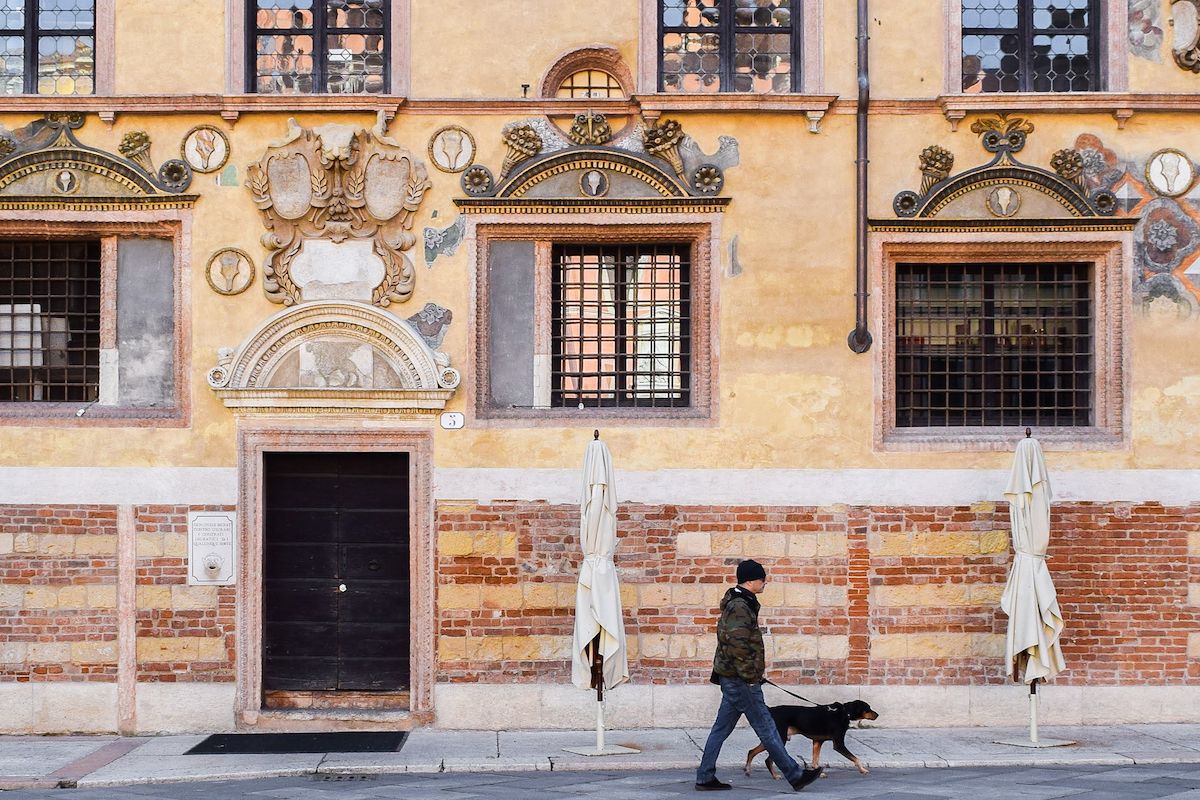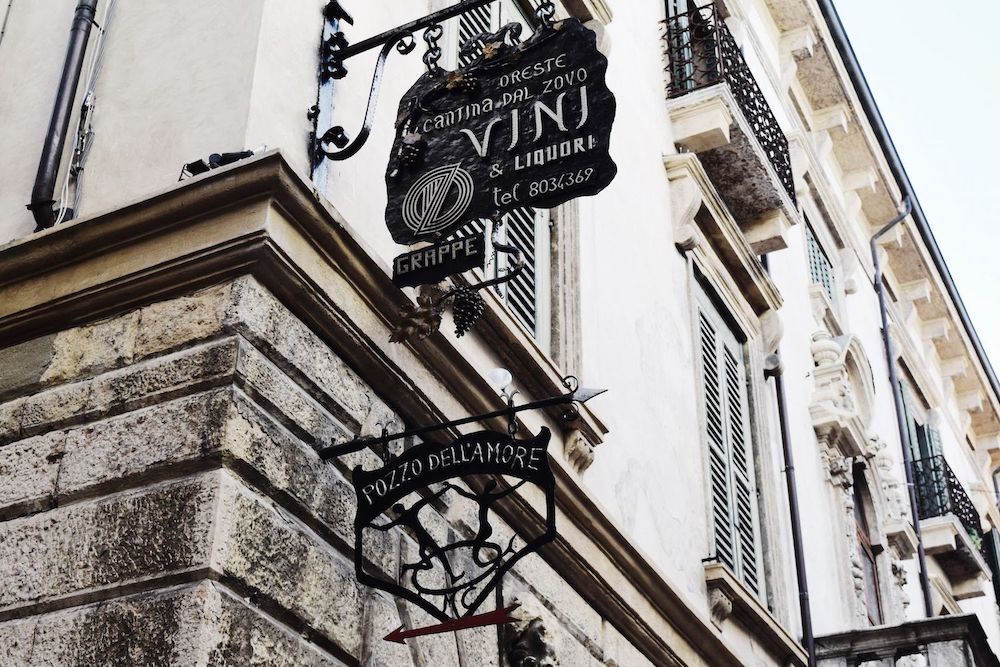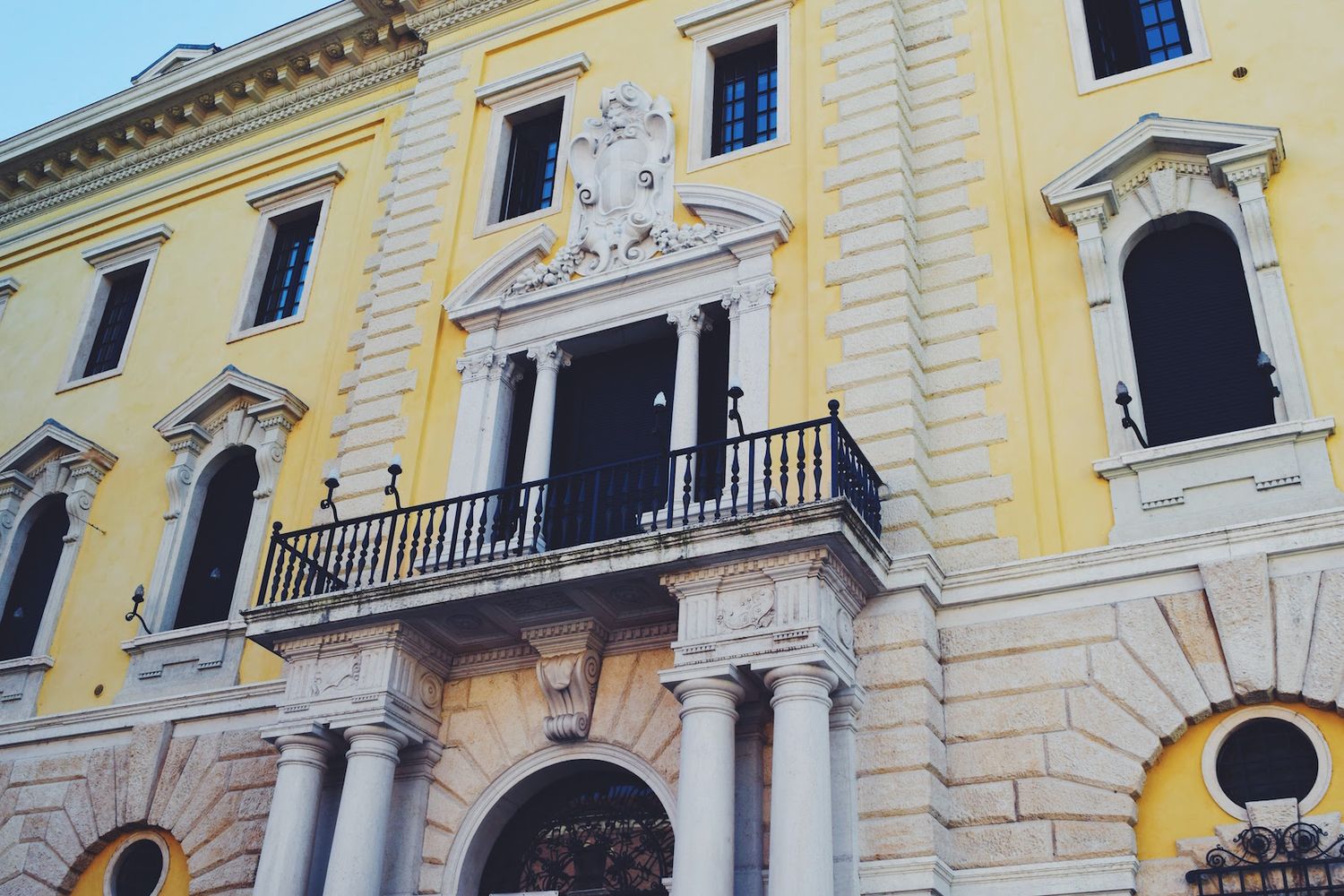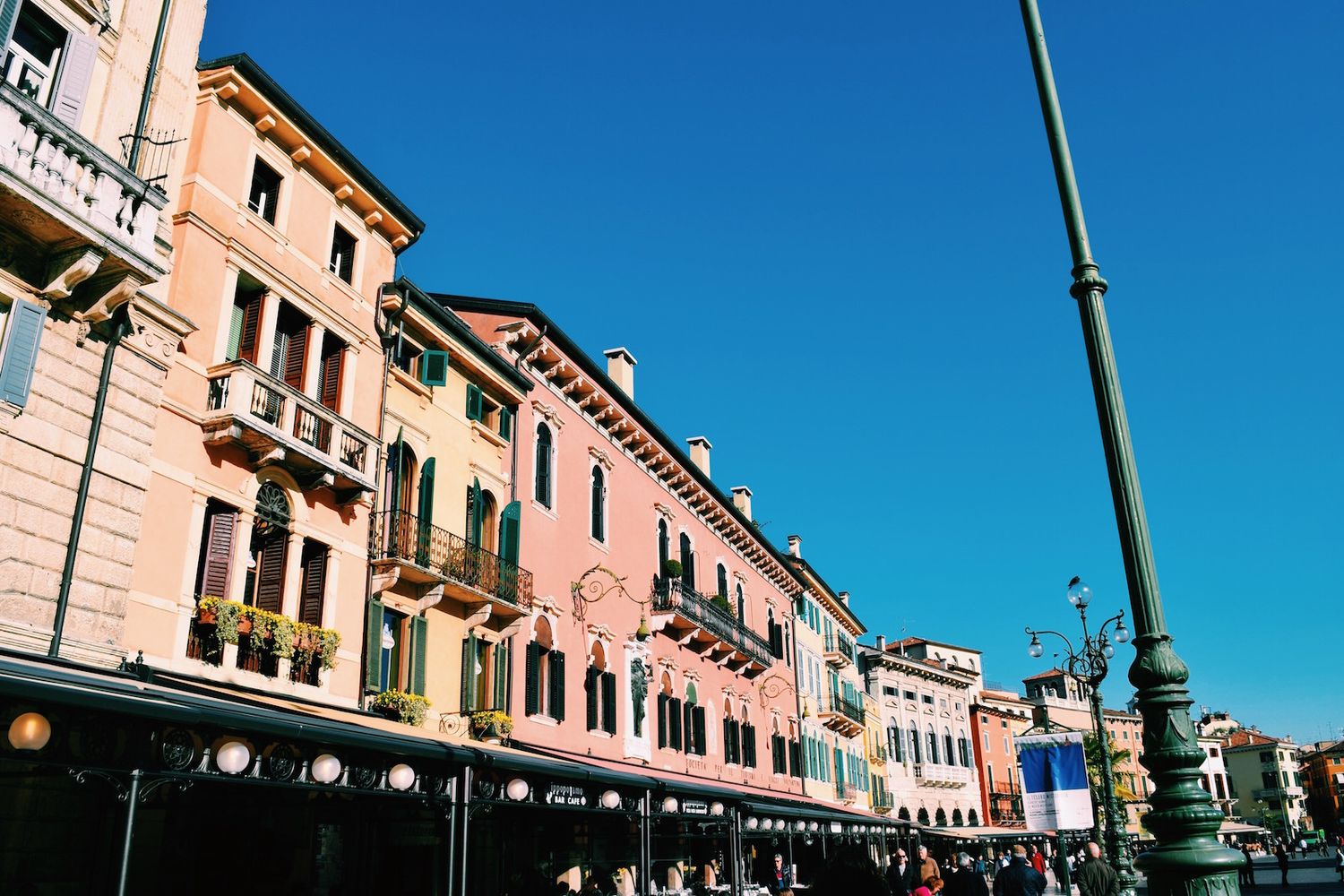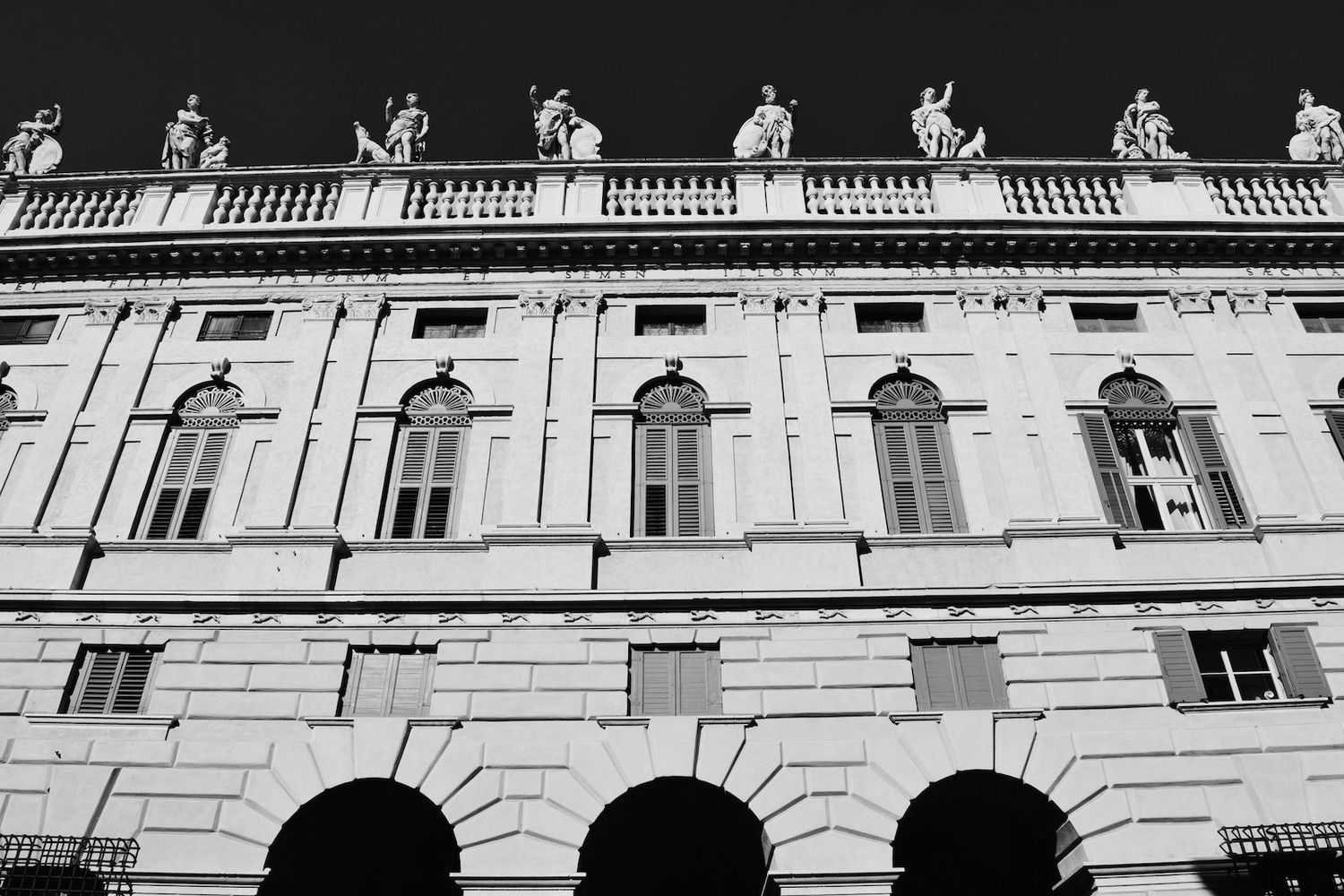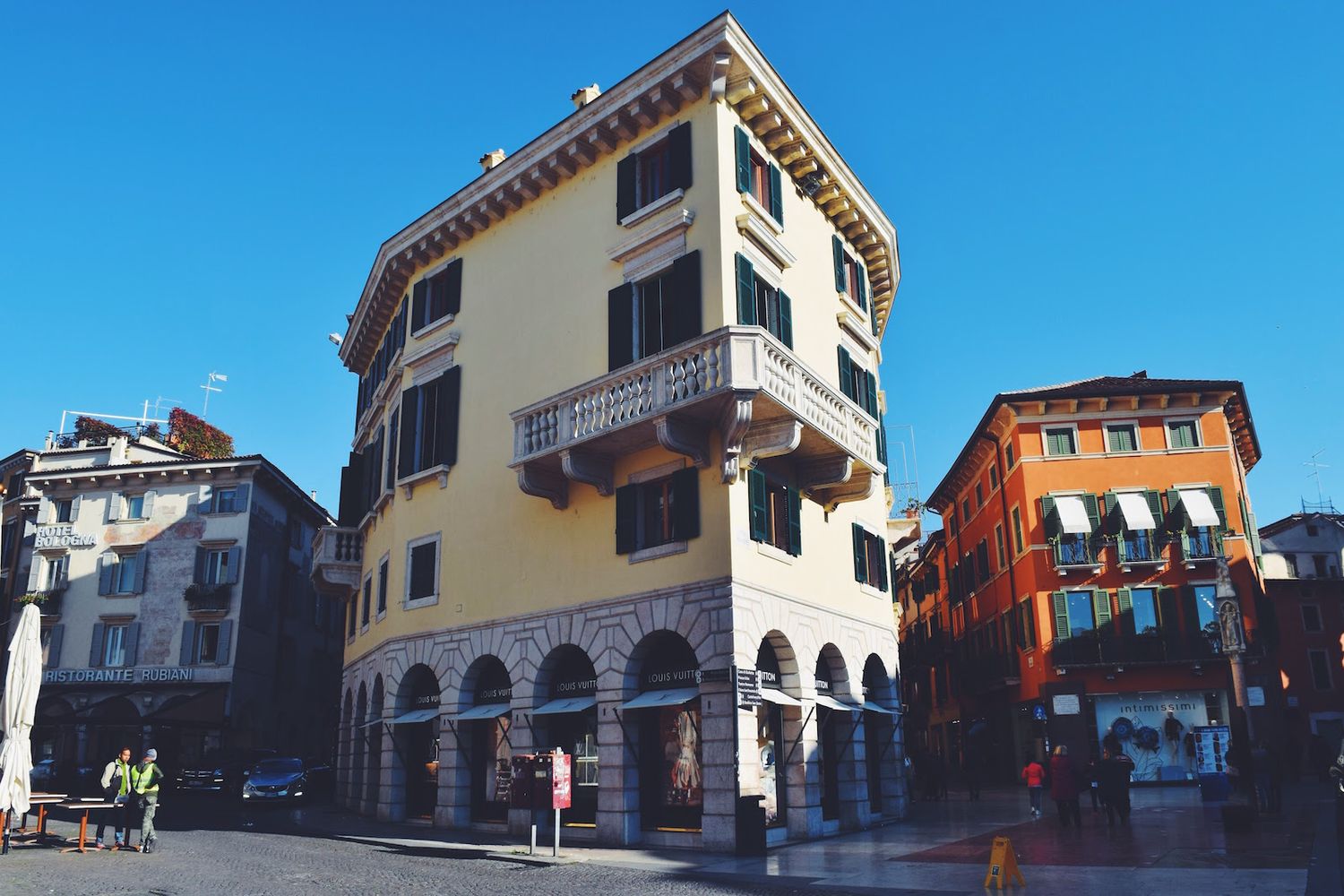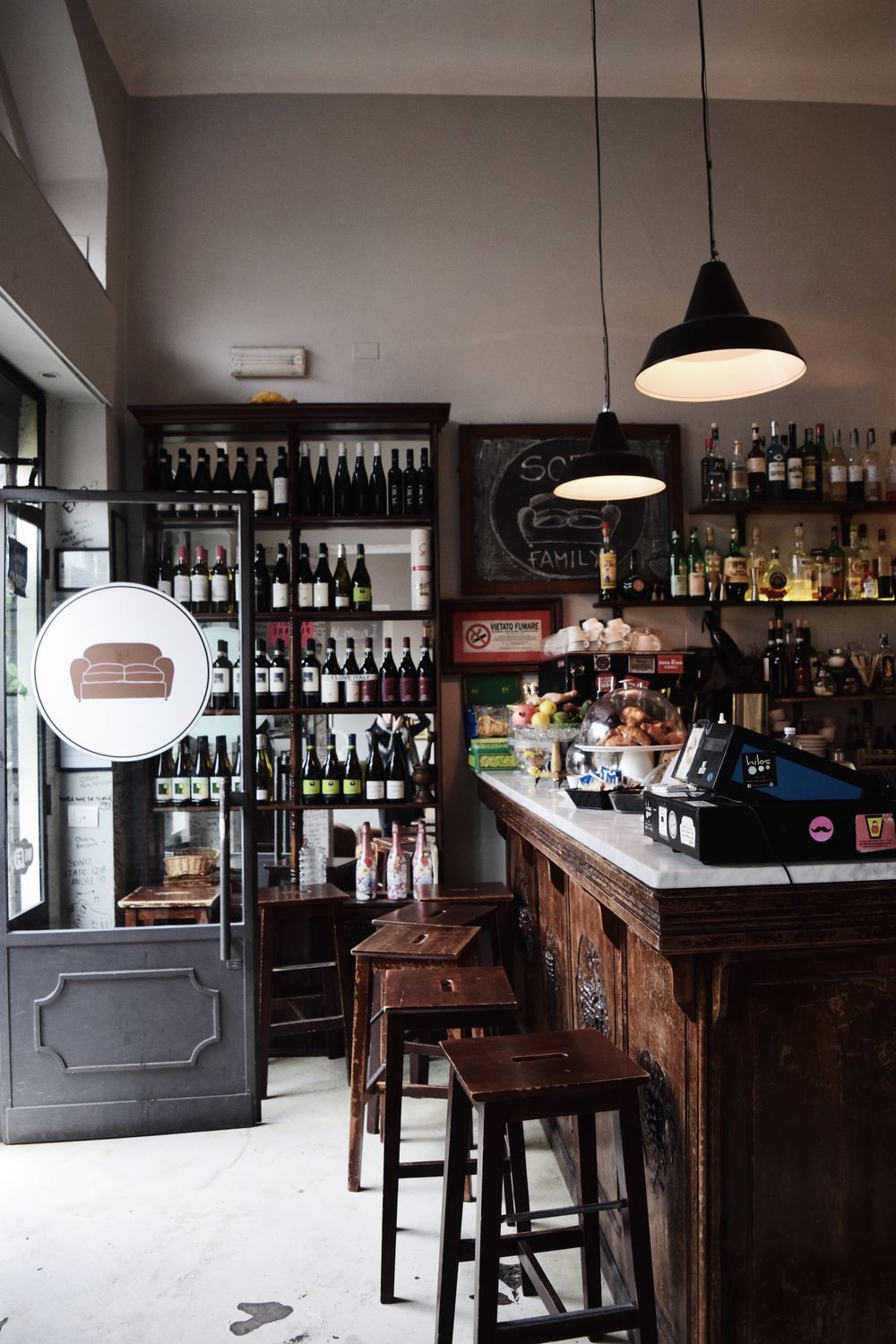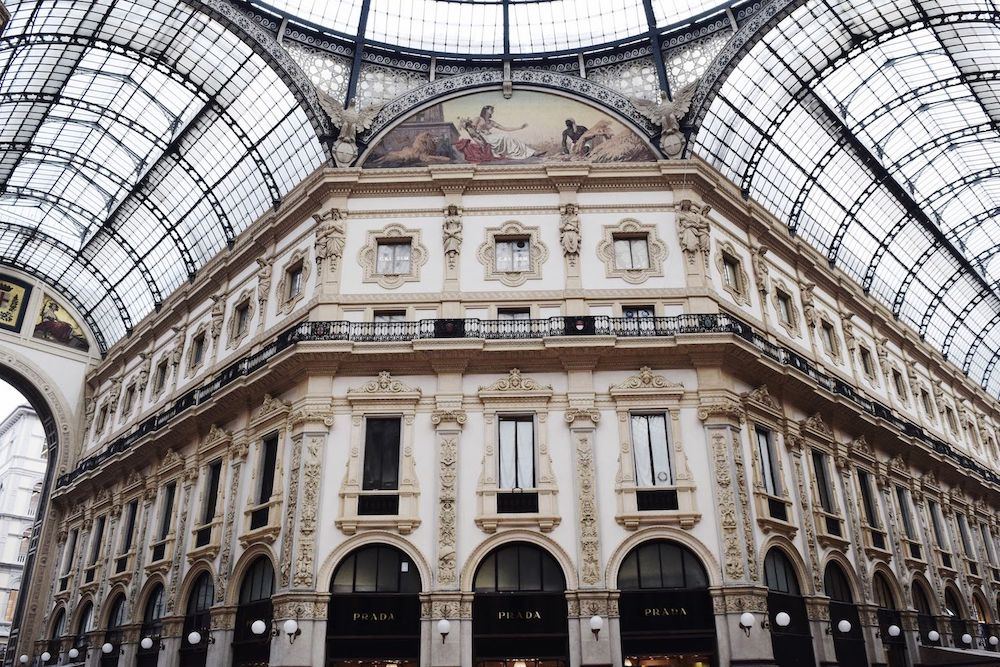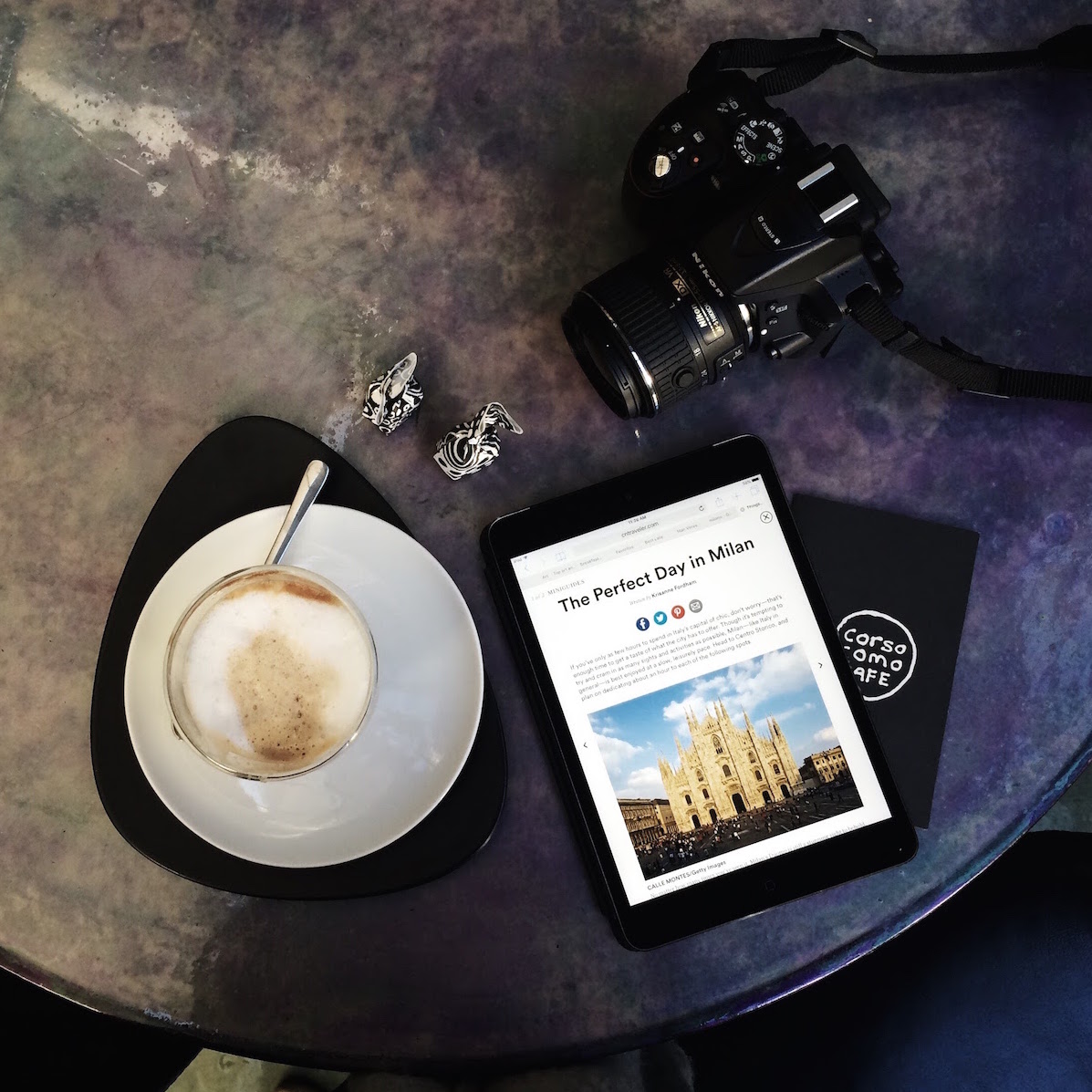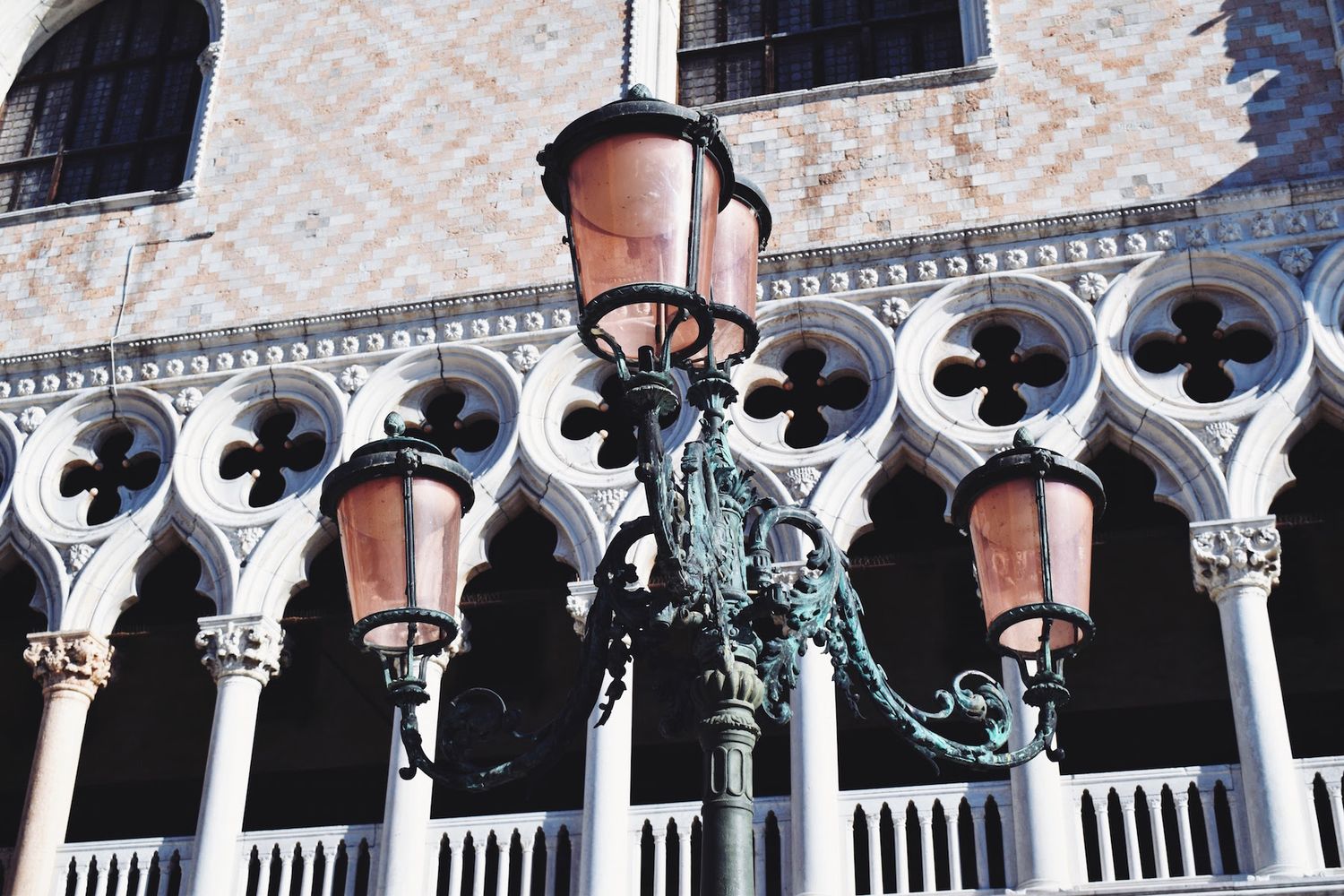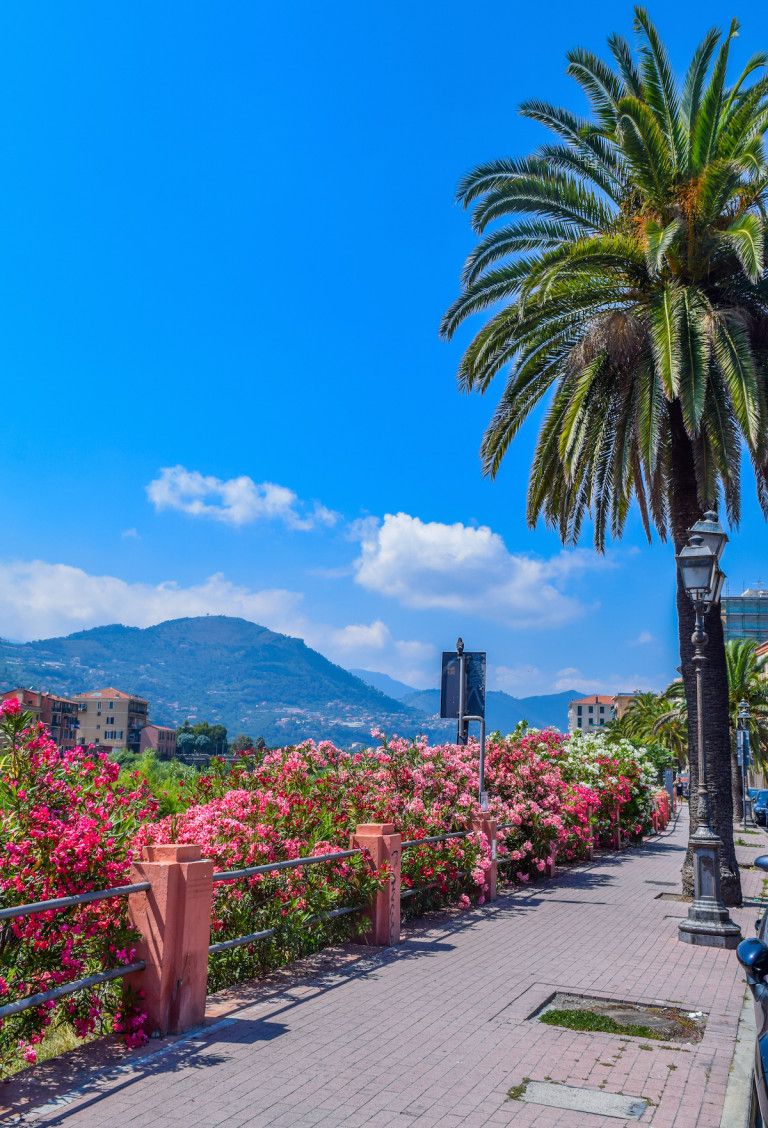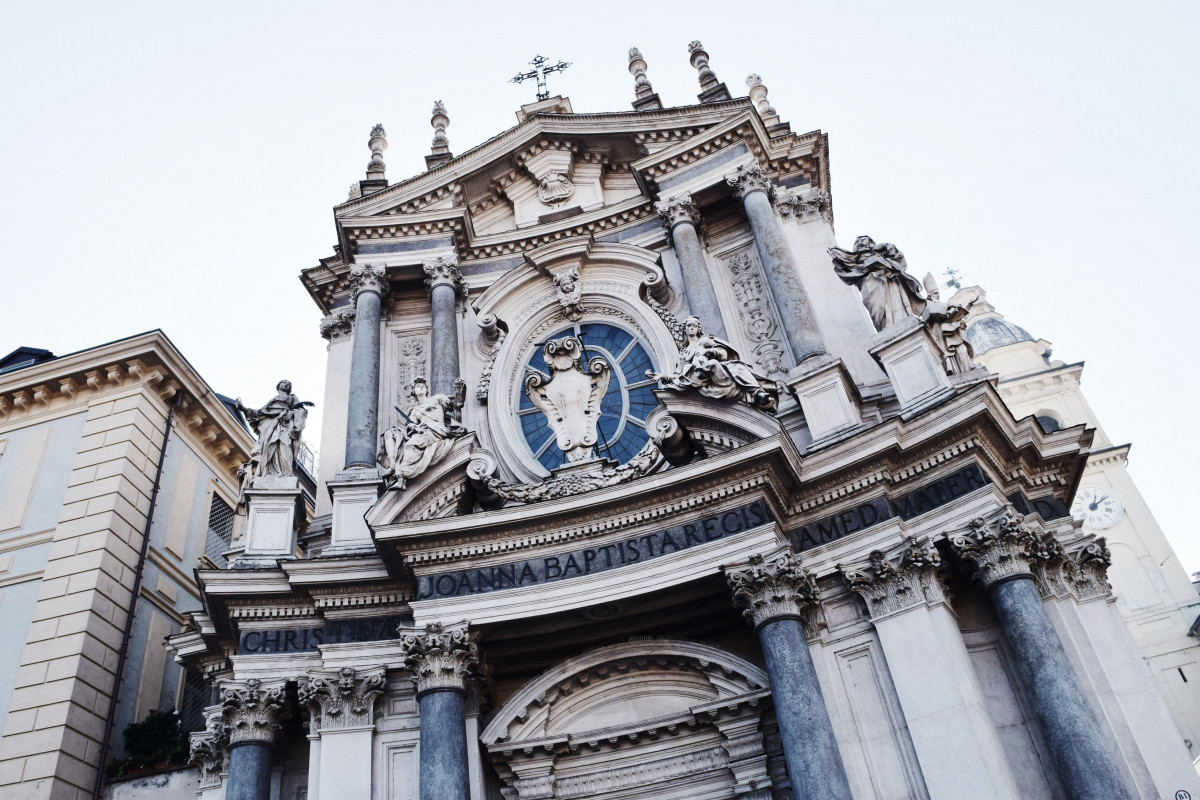15 Best Things to Do in Verona, Italy
Culture Travel may earn a commission through links on this website. As an Amazon Associate, we earn from qualifying purchases.
I woke up early on a Monday to walk into Verona’s city center and explore the northern Italian town famous for the love story of Romeo and Juliet. I had just arrived this past weekend from Munich, and took a day trip to Venice the day before. I didn’t have so much time to explore before heading onwards to Milan, so I knew I had to make the most of it!
The city of Verona is full of pastel buildings, cobblestone streets, and numerous sidewalk restaurants. Romanesque sculptures stand atop the edges of many buildings, and winding side streets pave the way in between warm yellow and orange buildings. The old-world charm is so alive in Verona, and it’s no surprise Shakespeare chose the city to set his classic romantic novel.
Arena di Verona
At the center of the city rests a giant arena similar to the Colosseum in Rome. The Arena di Verona is one of Italy’s most famous and well-preserved Roman amphitheaters. Situated in Piazza Bra, it was constructed in AD 30 and still hosts performances today, including the famous Verona Opera Festival. It held up to 30,000 people in its heyday! Standing several levels high, the arched windows cut windows out of the sky behind them. The immense stone structure and tiered seating offer a glimpse into the grandeur of ancient Roman architecture and engineering. A visit to the Arena is essential for understanding Verona’s historical prominence and cultural vitality.
I didn’t have time to go inside, but I’m sure the interior was just as majestic as the outside. A metal heart sculpture stood nearby the Colosseum, a nod to the city’s romantic reputation.
Porta Borsari
The ancient Roman gate Porta Borsari is an absolute must-see. The white limestone entrance to the city stands tall with two large arches at its bottom, and two levels of miniature arches above. It dates all the way back to the 1st century AD, and may have been reconstructed in 265 AD by the emperor Gallienus. Via Postumia, the ancient Roman road, passed through the gate.
Once serving as the main southern entrance to Verona, this well-preserved structure represents the city’s Roman heritage. The intricate carvings and architectural details tell the story of Verona’s past and stand as a symbol of the city’s rich history. It’s a fascinating site.
Castelvecchio
The Castelvecchio, or “Old Castle,” is a striking medieval fortress built in the 14th century. It now houses the Castelvecchio Museum, featuring an impressive collection of medieval and Renaissance art and artifacts. The castle’s robust design, drawbridge, and towers allow visitors to step back in time, while the museum’s exhibitions provide insights into Veronese art and culture.
Ponte Pietra
Ponte Pietra, or “Stone Bridge,” is the oldest bridge in Verona, dating back to the Roman Empire. This arched bridge offers breathtaking views of the Adige River and the city’s historic core. The blend of ancient Roman stones with later architectural additions tells the tale of Verona’s resilient history. A stroll across Ponte Pietra is a must for anyone wishing to fully experience Verona’s charm.
Basilica of San Zeno Maggiore
The Basilica of San Zeno Maggiore is a masterpiece of Romanesque architecture, renowned for its stunning facade, intricate bronze doors, and magnificent frescoes. As the final resting place of St. Zeno, Verona’s patron saint, it holds a special place in the city’s religious and cultural identity. The interior’s peaceful ambiance and artistic splendor make it a must-visit spiritual site.
Verona Opera Festival
Held in the historic Arena di Verona, the Verona Opera Festival is a highlight of the city’s cultural calendar. This world-renowned event showcases top international opera performances in a unique and spectacular setting. With the ancient amphitheater as a backdrop, attendees experience opera as never before. A visit to the festival offers both aficionados and newcomers an unforgettable musical experience.
Giardino Giusti
The Giardino Giusti is one of Italy’s most beautiful Renaissance gardens. Laid out in the 16th century, this elegant garden is a harmonious blend of formal design, ornamental fountains, and classical statues. Visitors can enjoy leisurely strolls among the cypress-lined paths or take in panoramic views from the garden’s terraces. It’s a peaceful escape from the city’s bustle.
Torre dei Lamberti
This is Verona’s tallest tower dating to Medieval times. It was built by the Lamberti family in 1172 and offers stunning panoramic city views. The Torre dei Lamberti is Verona offers unparalleled views of the city. Standing at 84 meters, visitors can climb to the top for a sweeping panorama of Verona’s rooftops, squares, and surrounding countryside. The tower also features a set of historic bells, each with its own name and sound, adding to the allure of this must-see landmark.
Juliet’s Balcony
No visit to Verona is complete without stopping by Juliet’s Balcony to see the famous lover’s spot. One of Verona’s most iconic sites Juliet’s Balcony is part of the house believed to have inspired Shakespeare’s “Romeo and Juliet.” Whether or not Juliet actually lived here, the site has become a symbol of romance. Visitors can view the famous balcony, touch Juliet’s statue for luck in love, and leave love notes on the walls. It’s a charming stop for couples and literary fans alike.
Piazza dei Signori
The Piazza dei Signori is a historic and elegant public square, surrounded by some of Verona’s most important buildings, including the Loggia del Consiglio and Palazzo del Capitano. With its statues, arches, and vibrant café culture, the square is a hub of local life and offers a taste of Verona’s sophistication. Whether for sightseeing or simply relaxing at a café, the Piazza dei Signori is a delightful destination.
Palazzo Maffei Casa Museo
Palazzo Maffei Casa Museo is an impressive Baroque palace turned museum, showcasing a private collection of art, antiques, and decorative objects. Visitors can explore the lavishly furnished rooms and view works by artists such as Rubens and Veronese. The palace itself, with its grand staircase and ornate interiors, is a work of art, reflecting the opulence of Verona’s noble past.
Eat at Antica Bottega del Vino Restaurant
For a genuine taste of Verona, a meal at one of the oldest restaurants in Verona with some of the best rustic Italian dishes is essential. Established in the 16th century, this historic restaurant is celebrated for its traditional Veronese cuisine and extensive wine list. Don’t miss the chance to indulge in traditional Veronese dishes, such as Risotto all’Amarone, at local trattorias.
Piazza delle Erbe
Piazza delle Erbe, or “Herb Square,” is Verona’s most vibrant square, filled with market stalls, shops, and lively cafes. The square’s colorful buildings and central fountain create a picturesque setting, where locals and tourists alike gather to shop, dine, and soak up the atmosphere. As the heart of Verona’s daily life, a visit to Piazza delle Erbe provides a snapshot of the city’s energetic spirit.
I wandered into the Piazza delle Erbe and discovered a lovely market. The square has many white Romanesque sculptures lining the architecture and a beautiful fountain at its center.

